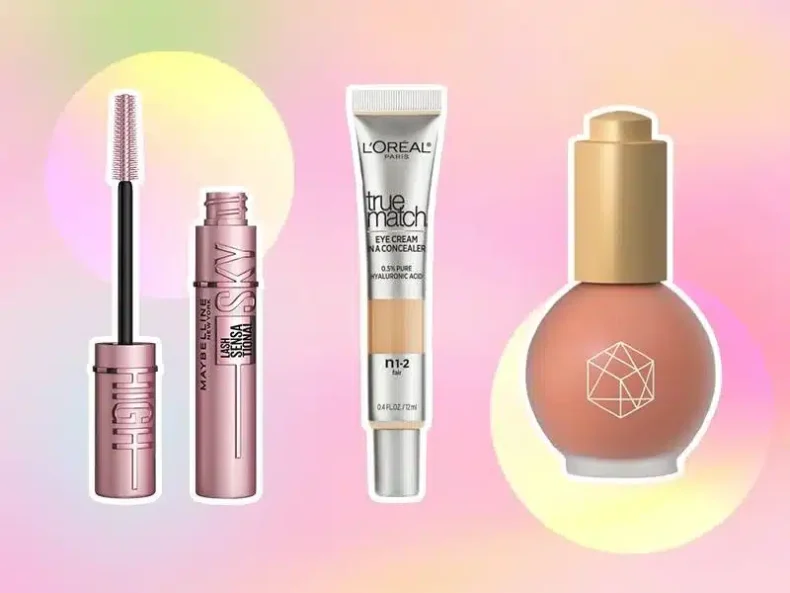Skincare is genderless and ageless. To maintain good and healthy skin we put in time and products as a combination of effort. For a skincare routine to be established we intend to understand the skin type and the need for the skin. Going in with the trend we should be more focused on what is best for us.

For a very long time, neither the consumers nor the producers understood the concept of different skin types. The market was full of common products for every skin type.
But with more research and umpteen levels of trials, the previous errors were corrected. And now the new products floating the market account to them.
The research was primarily based on skin types and not just an umbrella need of it. In recent times it has become more prominent to have knowledge about one’s skin type and proceed to take care of it accordingly.

We know there are four types of skin types-
- Normal
- Oily
- Dry
- Combination
And despite facing similar issues, every skin type has a different formulation and different technique working for them.
New era new techniques
While we remain busy in our hectic life our health shows signs of all that goes inside us. When we are happy, relaxed, and less stressed than usual, we find our physical health- both body and skin- glowing from within.

As per new reports skin shows signs of the ageing way before the real ageing starts. The reason is the era we live in. The evidence of sitting behind a screen and wasting ourselves away can be found in our dark circles, puffy eyes, and premature wrinkles on our foreheads.

To battle these issues, many techniques have found their way into our skincare regime. Some of them are the basic facial massage performed either by fingers or equipment like gua sha.
According to the claims made by many manufacturers and positively affirmed by consumers another technique for addressing recent skin issues is the implementation of fermented ingredients into a skincare routine.
The trend of fermented skincare ingredients
We live in a time where trends speak out several concerns of consumers irrespective of their age and gender. For the skincare industry to prosper they need these trends to market their products.
The recent trend includes exfoliating ingredients which have been sitting on shelves of many consumers but they were not aware of its benefits directly.

Some of the most commonly used exfoliating or active ingredients include:
- Salicylic acid
- Glycolic acid
- Lactic acid
The science behind fermented skincare ingredients is still in study and with very small research it is being claimed that the potency of active or exfoliating ingredients would increase with good fermentation.
The increased potency accelerates the absorption deeper into the skin and produces faster results. But it also comes with side effects like acne, rosacea, hypertrophy, etc.

The most fermented ingredient is ammonium lactate which turns into lactic acid. The study till date on science of this active ingredient allows lactic acid to penetrate deeper into the skin and produce better results than ammonium lactate. The research claims that 5% lactic acid is equal to and at times better than 12% ammonium lactate. More study is needed to further verify the claim.
The market strategies of active and fermented ingredients
According to dermatologists and cosmetologists, the bar is set quite low in consideration of percentages of active ingredients. It is raised when the ingredient is fermented and made more potent than its previous form.
When commercial brands market their active ingredients the product contains a very low percentage. Their strategy remains to counter other brands’ sales and consideration for their customers.

At the moment, the market is full of body care products full of active and fermented ingredients. The reason behind the huge surge in this range of body care is conditions like bacne, strawberry legs, and ingrown hairs.
These skin issues can be encountered by active and fermented ingredients. The only difference that has been recorded between face and body care ingredients is the level of potency in the product. While the skin of our body takes higher percentages of any active ingredients, the face at times reacts to them.

Hence the marketing strategies behind products for body and face care remain the same while the percentages of ingredients shift.
The hybrid skincare
The market of the skincare industry as we know is changing every day. Earlier people used to focus on makeup products to cover up their skin issues.
But now with the cosmetic and skincare industry somewhat merged there are products which not only address skin issues but also work as makeup.

For example, the BB and CC creams found for makeup bases or foundations are full of ingredients intended to provide glow and SPF for sun protection. Some sunscreens are tinted and can be used as foundations.
More and more brands are coming forth with this hybrid technique to have a wider range of customers.
Final word for healthy skin
Being busy does prevent us from approaching a dermatologist and pushes us to rely on the internet full of skincare bloggers and influencers, but we should still find time for consultation.
The word from the dermatologist is that the excessive and incorrect incorporation of active and fermented ingredients can easily accelerate the problem instead of solving it. Moreover, the social media and market are full of anti-ageing steroids which should not be accessed without proper consultation with a dermatologist.

Everyone wishes to have healthy skin. Living in a time where everything turns into a race, patience and consistency is the key to achieving our desired skin.
Also, we should learn to incorporate skincare and focus on building an affordable regime for our mental health instead of winning the competition.













